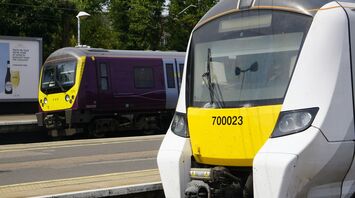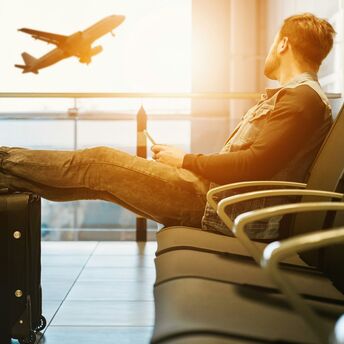Train to Plane: Luton Route Transforms Airport Access

Rail travel increasingly plays an important role in the context of modern air travel, particularly for those traveling from London Luton Airport. With the new connectivity of Jet2, currently flying up to 36 weekly services from Luton, Luton Airport Express is aligning to the times as well offering travellers a pragmatic and effective alternative to having to navigate Luton's congested roads or overpay for airport parking. Taking every 30 minutes departures from London St Pancras to Luton Airport Parkway in 32 minutes, making it a very useful connection point out of the city.
Once at Luton Airport Parkway, passengers are met with a smooth transition to the airport terminal via the DART — a fully automated shuttle that completes the final leg of the journey in less than four minutes. Both the train and the DART offer step-free access, free Wi-Fi, and ample space for luggage. For many, this rail-based connection offers a more reliable and cost-effective alternative to driving or using airport transfer services, especially when tickets booked in advance cost as little as £10.
Luton will be Jet2's new home, bringing in 17 new European destinations including the first direct flights to Verona, Girona and Madeira by Jet2. While these flight options expand access to popular and culturally rich regions, it is the ease of reaching the airport that makes the travel experience more appealing. Passengers in Bedfordshire, Hertfordshire, North London, and beyond now have the option to skip airport traffic and start their holiday from a train platform rather than a motorway.
The rising popularity of rail-to-air travel reflects a shift in how holidays are planned and experienced. As awareness of the environment increases and more public transport enhances, passengers are becoming more inclined to the alternatives that alleviate the pressure and hence randomness of current airport access. The regular, predictable schedule of the Luton Airport Express, paired with its direct integration into national rail services, positions it as a key part of the journey rather than a secondary mode of transport.
For leisure travellers this new route gives greater freedom and autonomy. It gives them the ability to get to the airport more impulsively as they know that they are able to easily and quickly get there without personal vehicles. In broader terms, this coordination between train and plane marks a step toward more sustainable, accessible, and user-friendly travel systems — where the journey begins not at the terminal, but at the railway station.



















